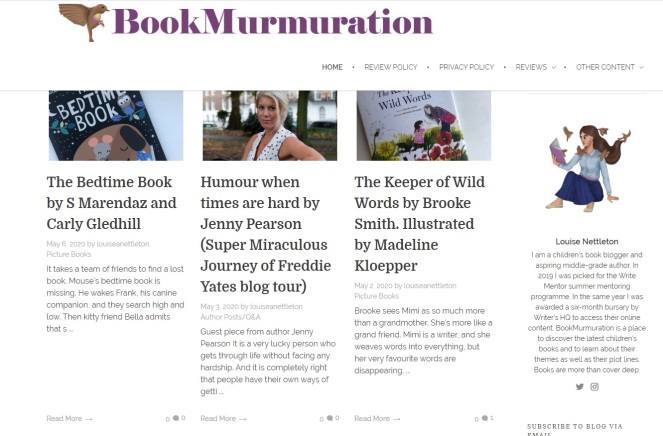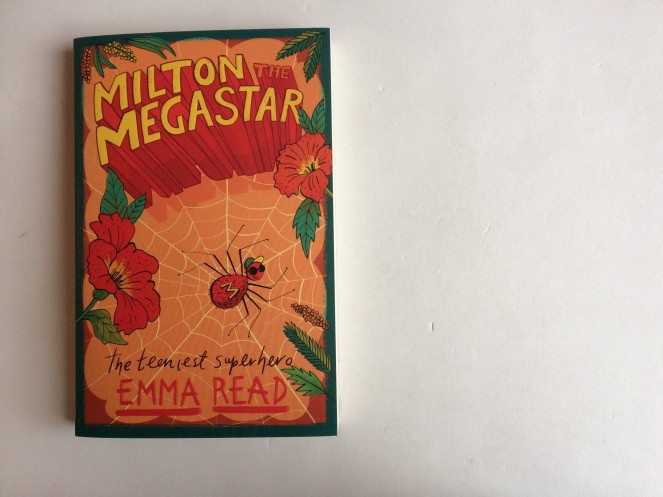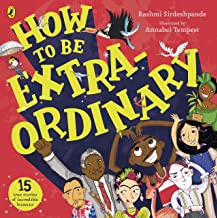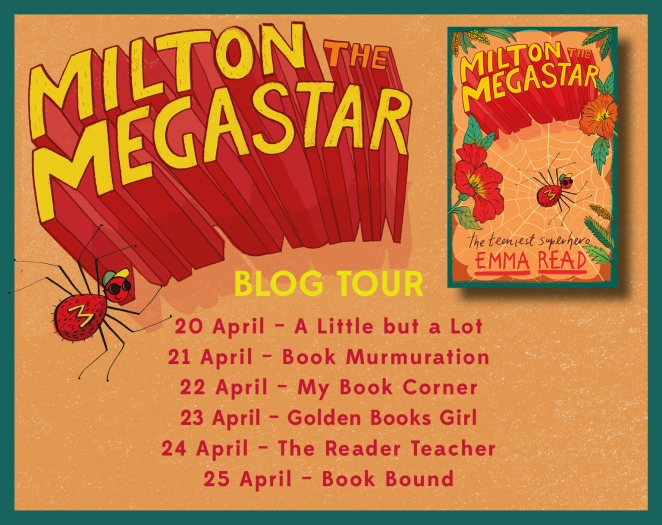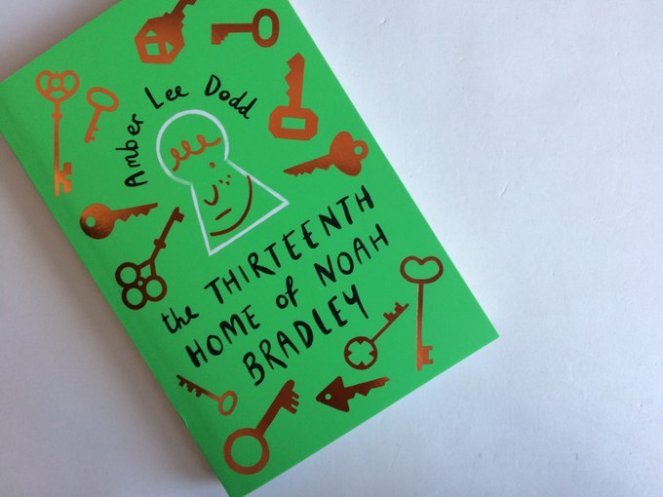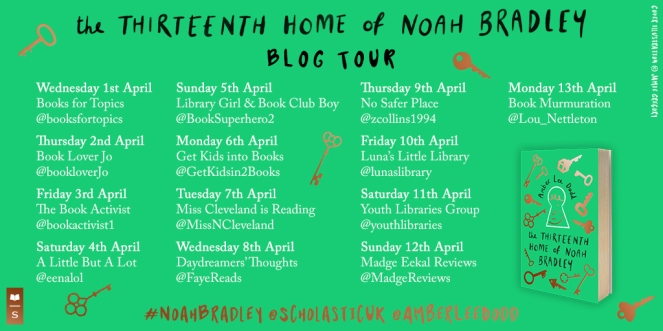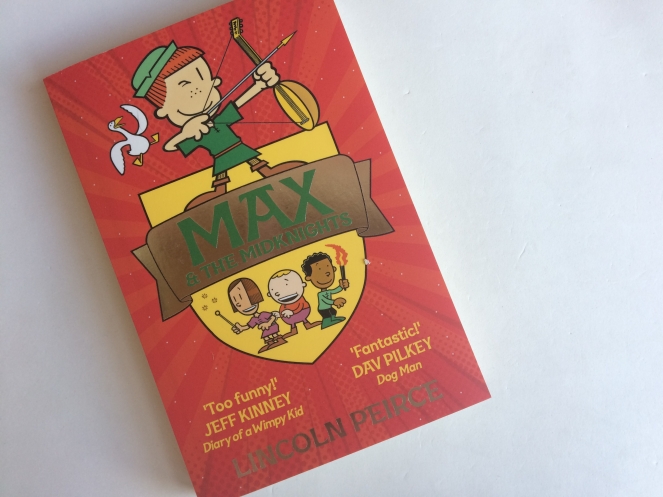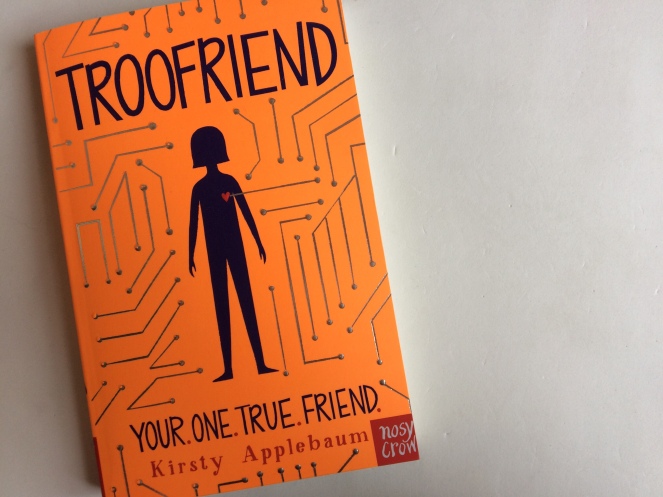Blog Tour: Pests by Emer Stamp.
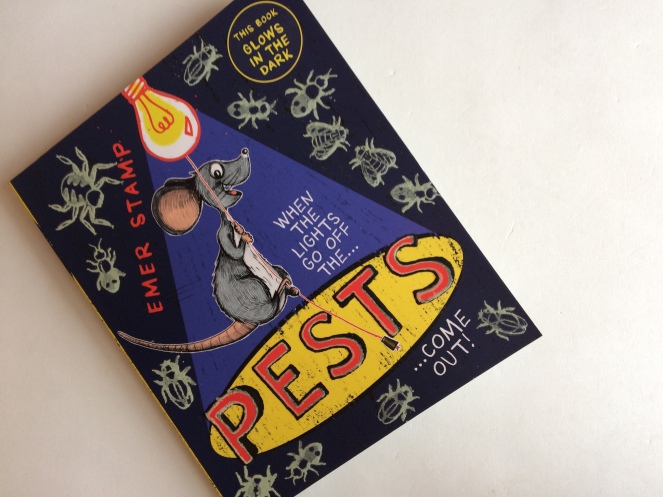
About Pests
Stix lives with his saftey-conscious Grandma behind the washing machine in Flat 3 Peewit Mansions. Although Stix knows that not being seeing is the golden rule – a seen mouse is a dead mouse after all – he wishes life could be a little bit more fun.
Then a rat intrudes and makes a mess, and the terrible Nuke-A-Pest are called. Grandma’s act of bravery goes wrong when she is flushed down a toilet and into a septic tank. Stix is left all alone … until he discovers the school for animals branded as pests down in the basement. Suddenly, he is encouraged to make a nuisance of himself, but what is the limit when there is so high a cost?
Pests had me hooked from the start. The strong character and voice was one reason I couldn’t stop reading. Think of Ratatouille, where a brilliant but vulnerable small creature is forced out into the wider world. Add some strong side characters and an evil non-human villain (no spoilers) with a terrible plan.
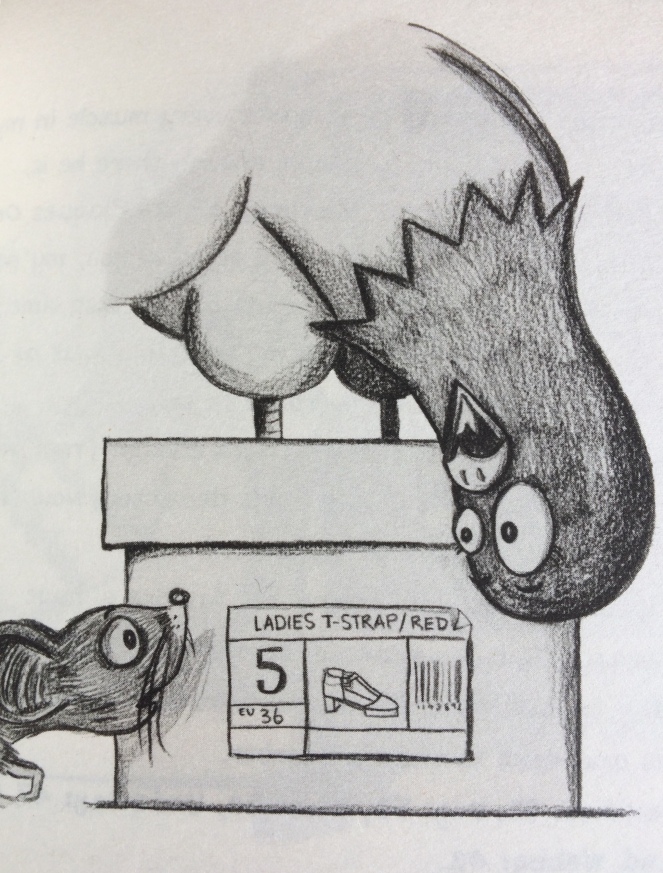
Throughout the story, the illustrations heighten both the comedy and the emotional narrative. From the all-knowing dog in Flat 3, who is so much wiser than his humans, to Stix’s wide-eyed facial expressions, the story is made richer by the wonderful sketches.
There is also a healthy dose of humour. There are toilet jokes, although these are kept to a total minimum and done with such skill that even as a very grown-up person it is impossible not to giggle. This is in the suspense – certain things are planted earlier, and we just know … almost … that they will return in all their poo-based glory later on in the narrative.
I was delighted to be offered a guest post Emer Stamp, and even more so when she agreed to write about character creation. Stix and the gang are so believable that I can still imagine them even though I’ve finished reading the book. Thank you so much to Emer for your time, and to Lucy Clayton for organising this blog tour.
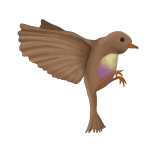
Guest Post: Creating Believable Characters by Emer Stamp
I believe the key to a good book, or film, for that matter, are the characters. You can have the best story in the world, but if the key players populating it aren’t believable, or likeable, or perhaps even dislikeable – if that’s your skit – then I can guarantee that pretty soon your audience is going to wander off and have a cup of tea or, in my case, a glass of squash. This is why I spend a lot of time considering who my characters are and what makes them appealing or, in the case of the baddies, unappealing.
Both Pig, the protagonist in The Diary of Pig series, and Stix (a small mouse), the lead character in PESTS, possess the same quality – a childlike naivety about life. Pig is almost entirely clueless about the world beyond the farm and is quite often boggled by the everyday things inside it too. Stix is smarter than Pig but, thanks to his sheltered upbringing, is clueless about life outside the flat in which he lives. He openly admits to the reader that he has no idea what, if any, life exists beyond the front door.
I think the reason this naïve character trait works so well is that is it reflects the way children themselves so often feel – though they may not be able to give it such a sophisticated label. They see a bit of themselves in the character, which helps them invest more in its wellbeing. To be honest, even I see bits of myself in both Pig and Stix – the world still boggles me on a pretty frequent basis.
It also allows the child to feel smart. I’ve been told by numerous parents that their child loved Pig because they felt cleverer than him. For once the child is the wise one. They know the answers to Pig’s silly questions, they know what is outside Stix’s front door.
Now, of course, not all my characters work in this way. Pig’s best friend Duck, and Stix’s best friend Batz, are more worldly-wise. They are the ones who help my protagonists make sense of everything. But, I am very careful to make sure they do this in an endearing way – no one likes a show-off or a big-head. Nobody wants a sidekick who makes the beloved hero look a fool. So, in both cases, I gave each a loveable foible, one to which I believe children can relate. Duck is the super-smart, sensible friend who needs a bit of lightening up; Batz is the over-eager friend who has a tendency to leap before she looks. In both cases my lead offers the antidote – Pig helps Duck see the funny side of life, whilst Stix’s in-built caution helps temper Batz’s dangerous gung-ho attitude.
No story is complete without a horribly bad villain. So, the thought I give to these is just as rigorous. It’s important a baddie is as bad as they can be. I want my readers to really despise them. Which is why I always imbue them with a hearty helping of sociopathic tendencies. This, I find, is always a solid base from which to build. My favourite baddies from the Dairy of Pig series are the Evil Chickens. These avian aggressors who care for no one but themselves. In fact, to be correct, the Super Evil Chicken cares for no one but itself. All the other chickens are just collateral – to be disposed of in whatever way needed to facilitate the ultimate goal – taking over the farm (for completely nefarious purposes of course). A plan which, for obvious reasons, they do their level best to keep a lid on – secrecy being another great baddie trait. No one likes secretive characters.
And there is no one more infused with secrecy than the aptly-named Professor Armageddon, the despotic cockroach whose grand plan is to destroy the block of flats the pests live in. Not only is he keeping schtum about what he’s up to, but he’s also lying and manipulating others in order to get the job done. Again, both nasty traits that engender instant dislike.
Good or bad, naughty or nice, the most important thing is that your reader feels something towards the characters you create, be it positive or negative. If they don’t, the chances are, they’ll be reaching for the kettle or a bottle of squash.
Check out the other stops along the tour –

Thanks to Hodder Children’s Books for my copy of Pests which was sent as part of a promotional blog tour. Opinions my own.
